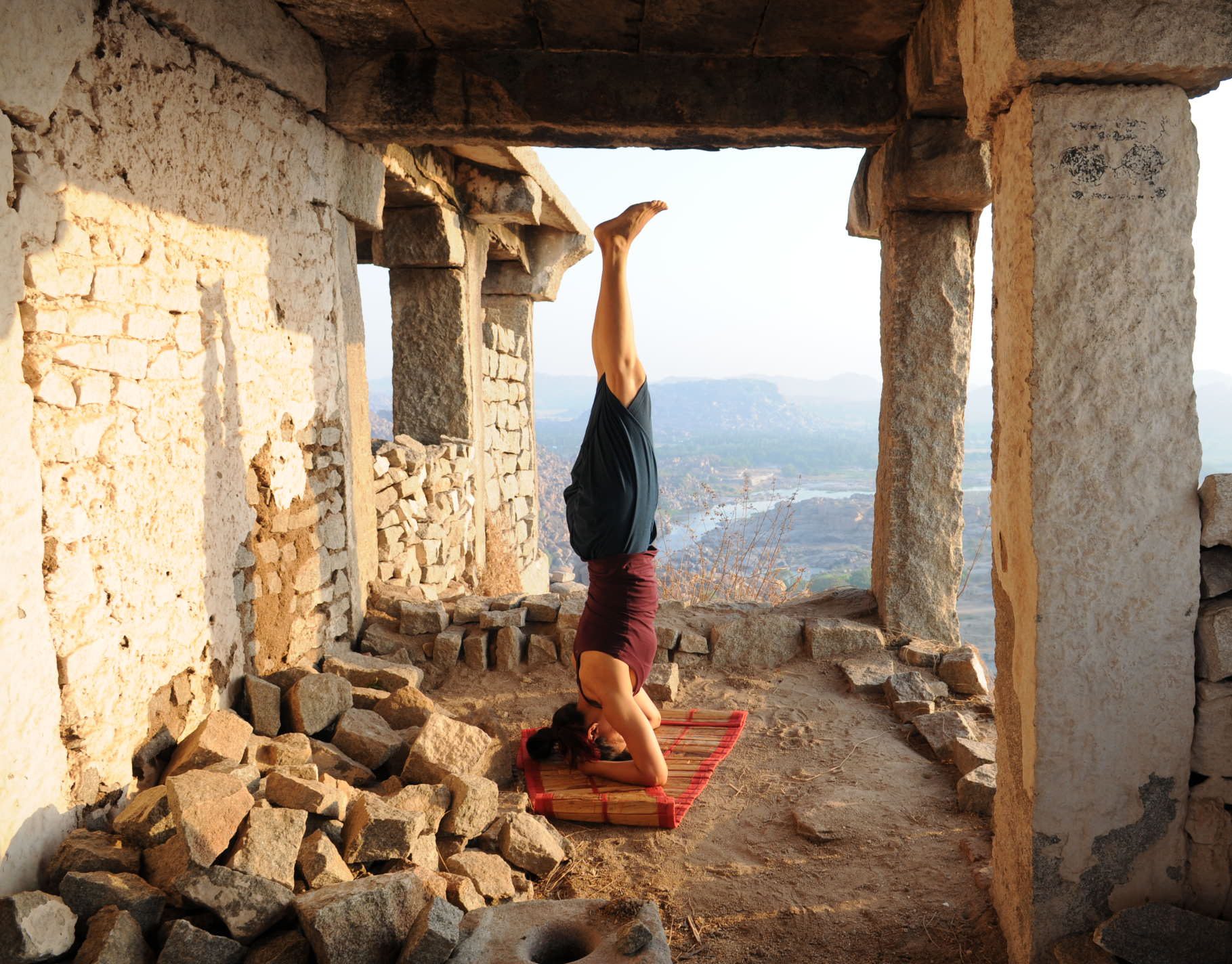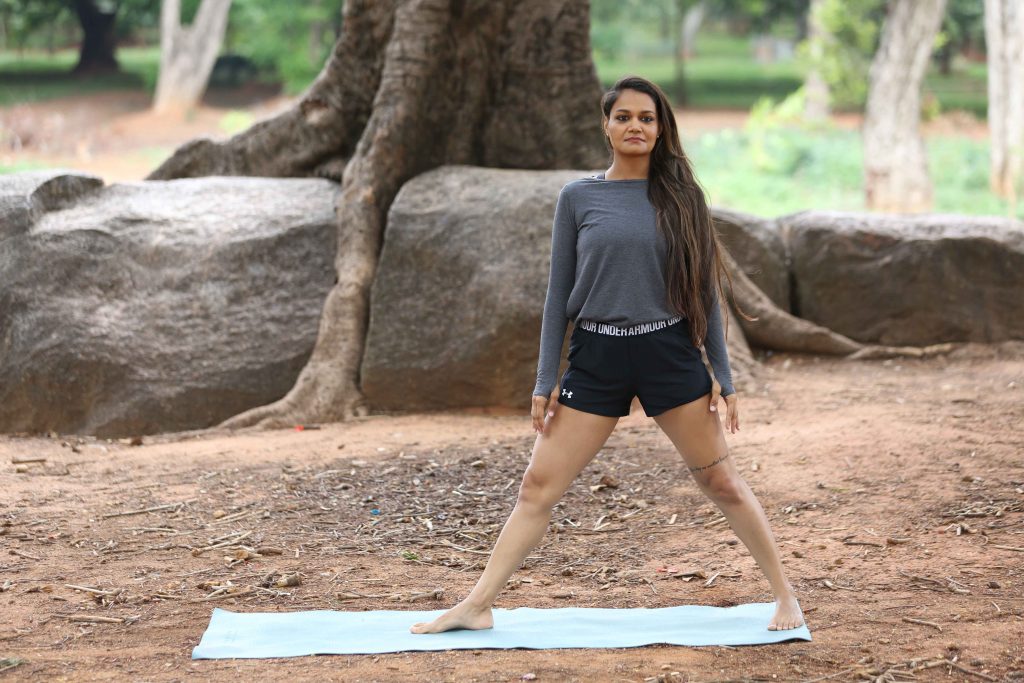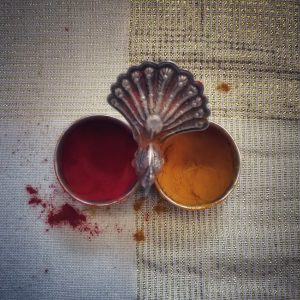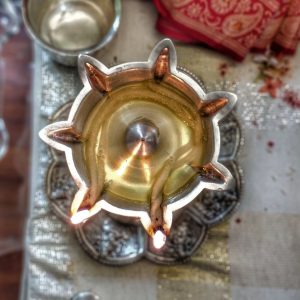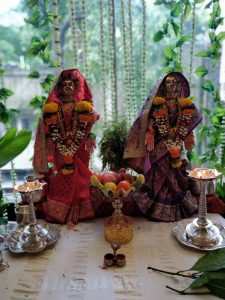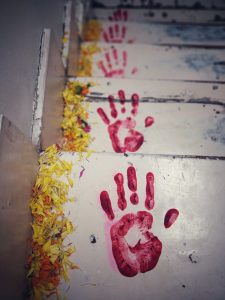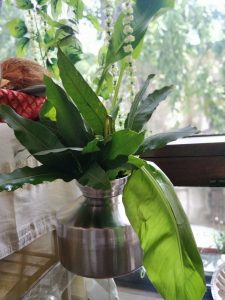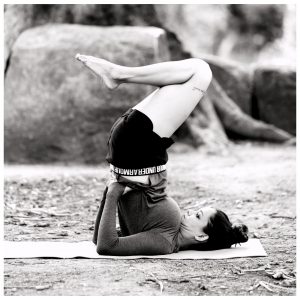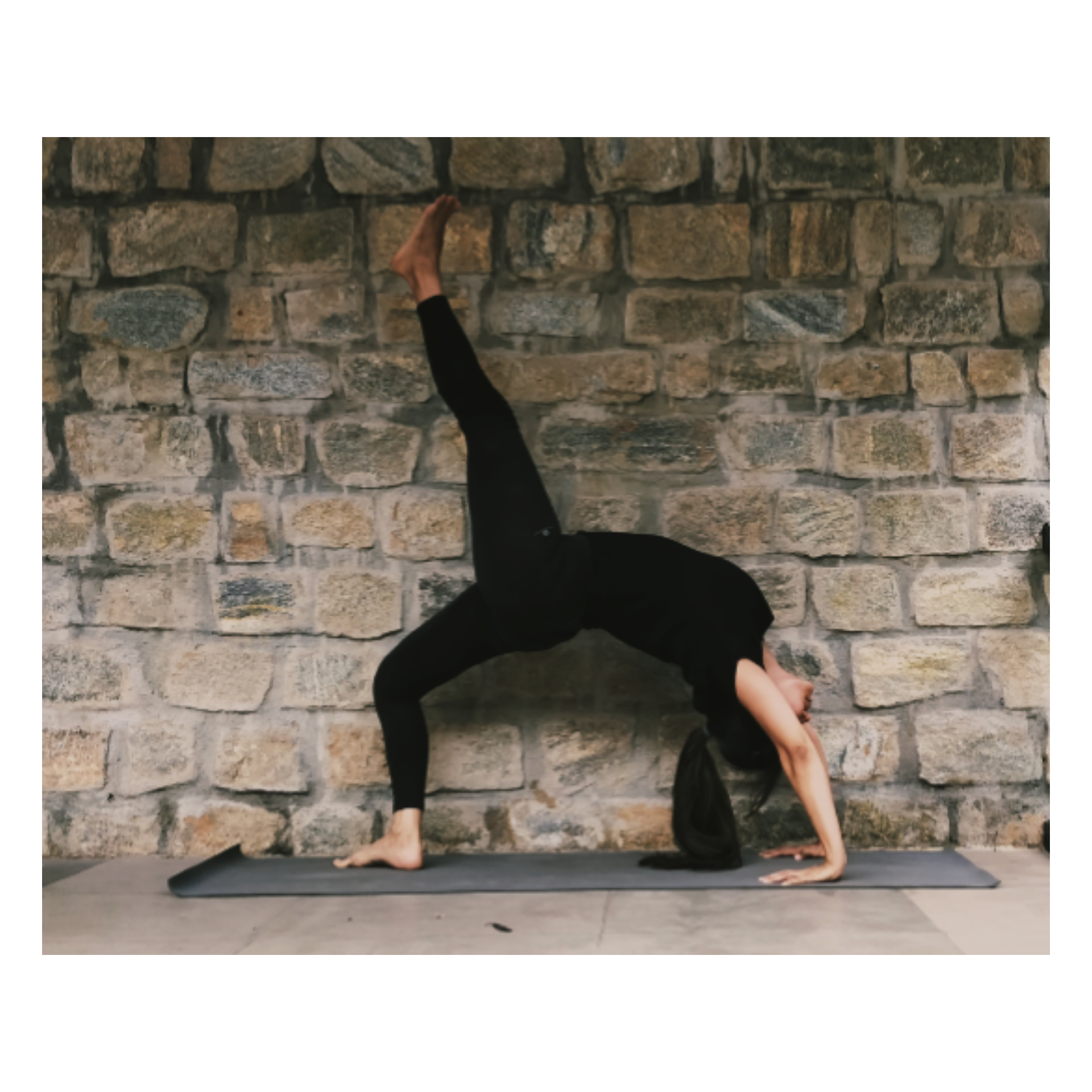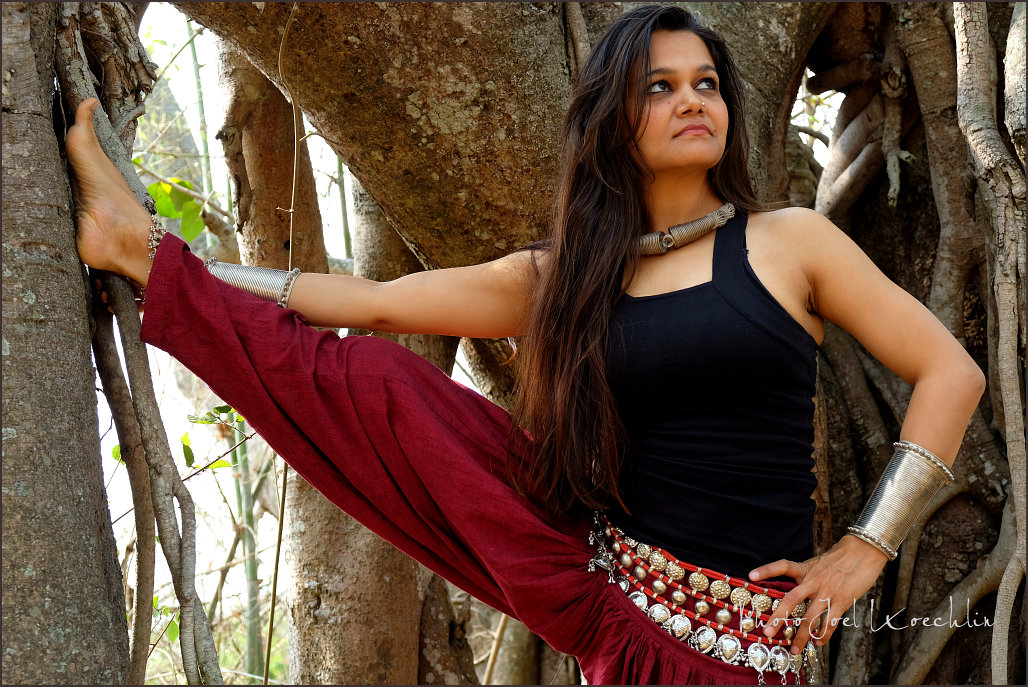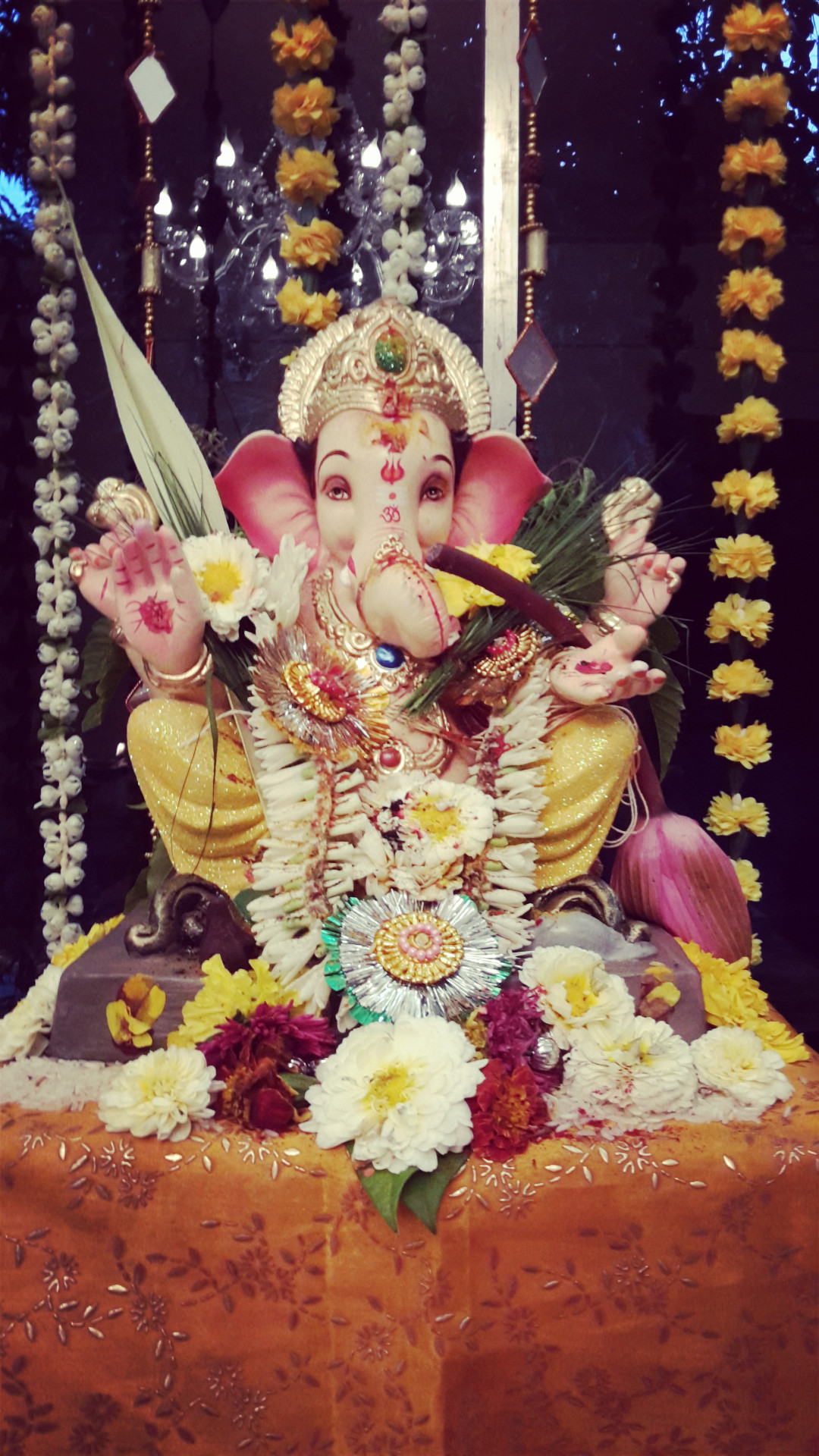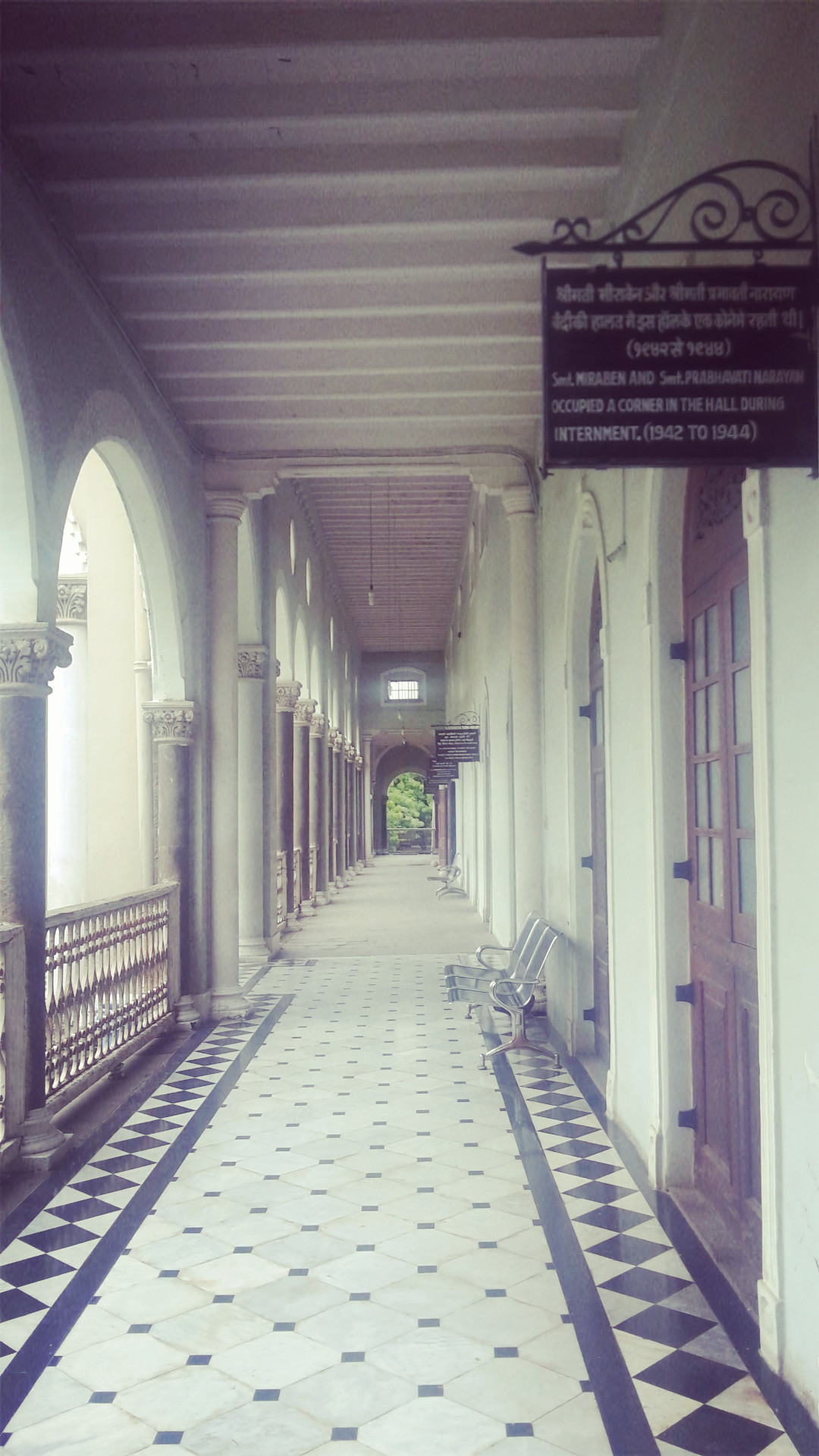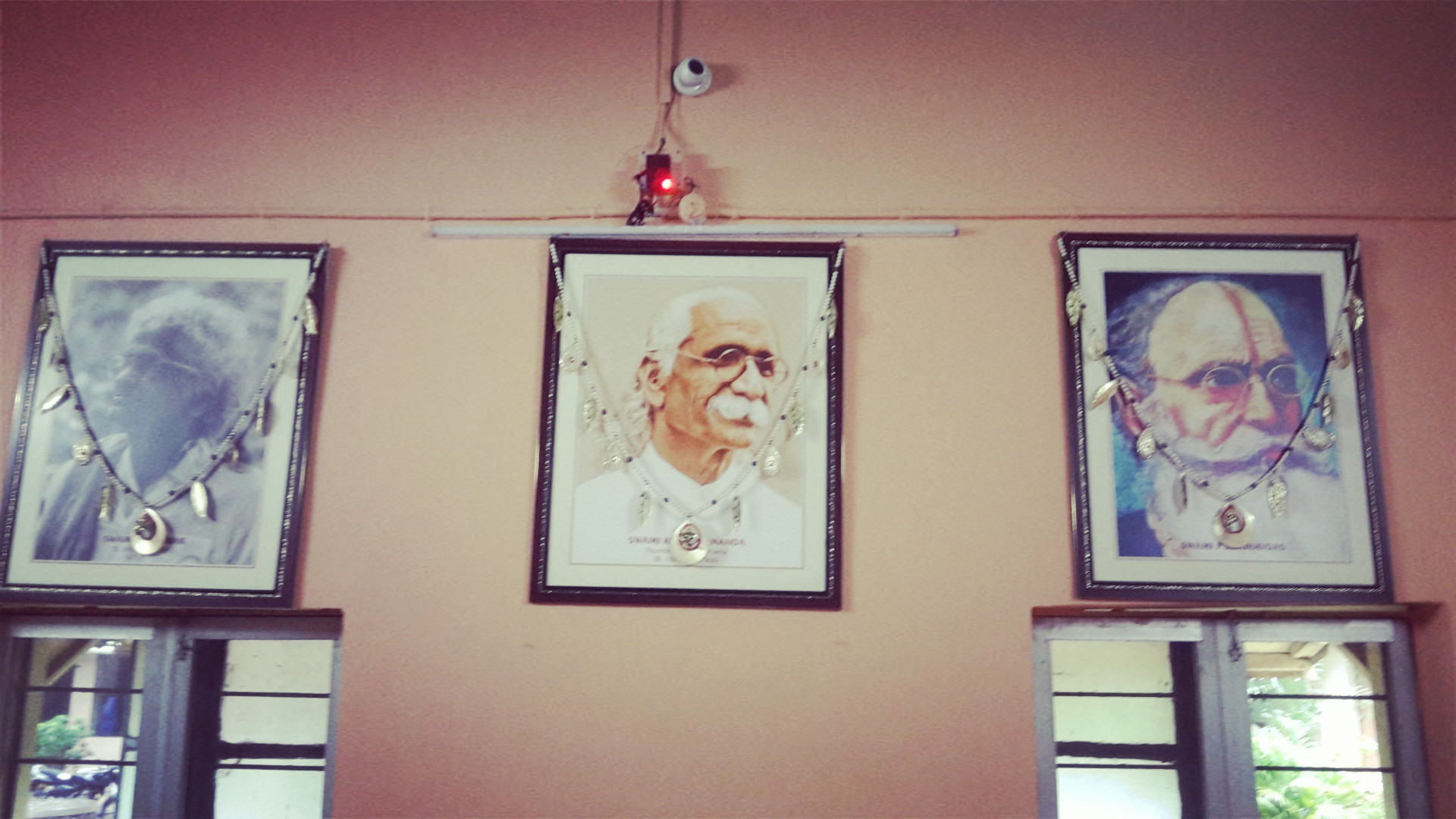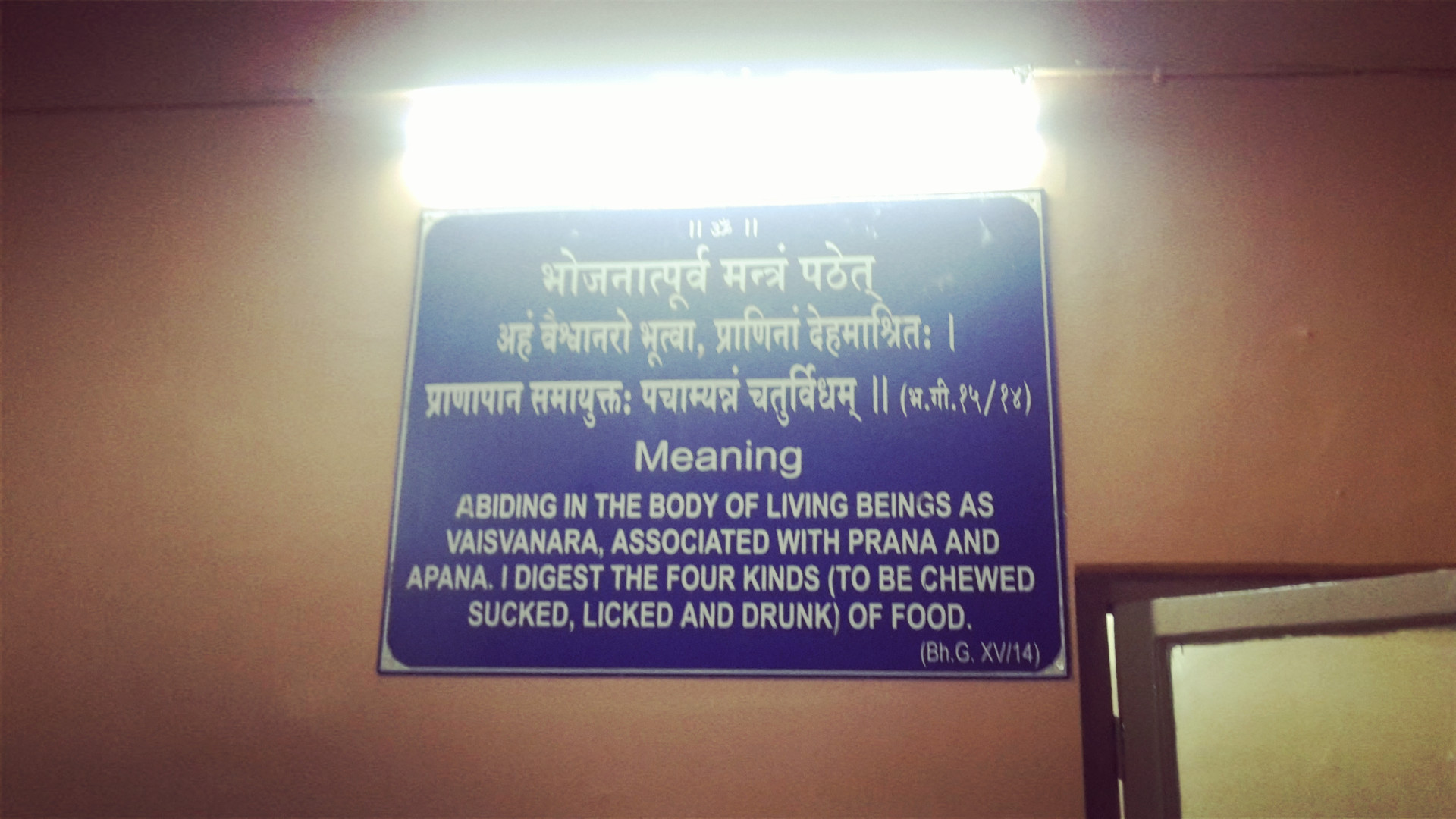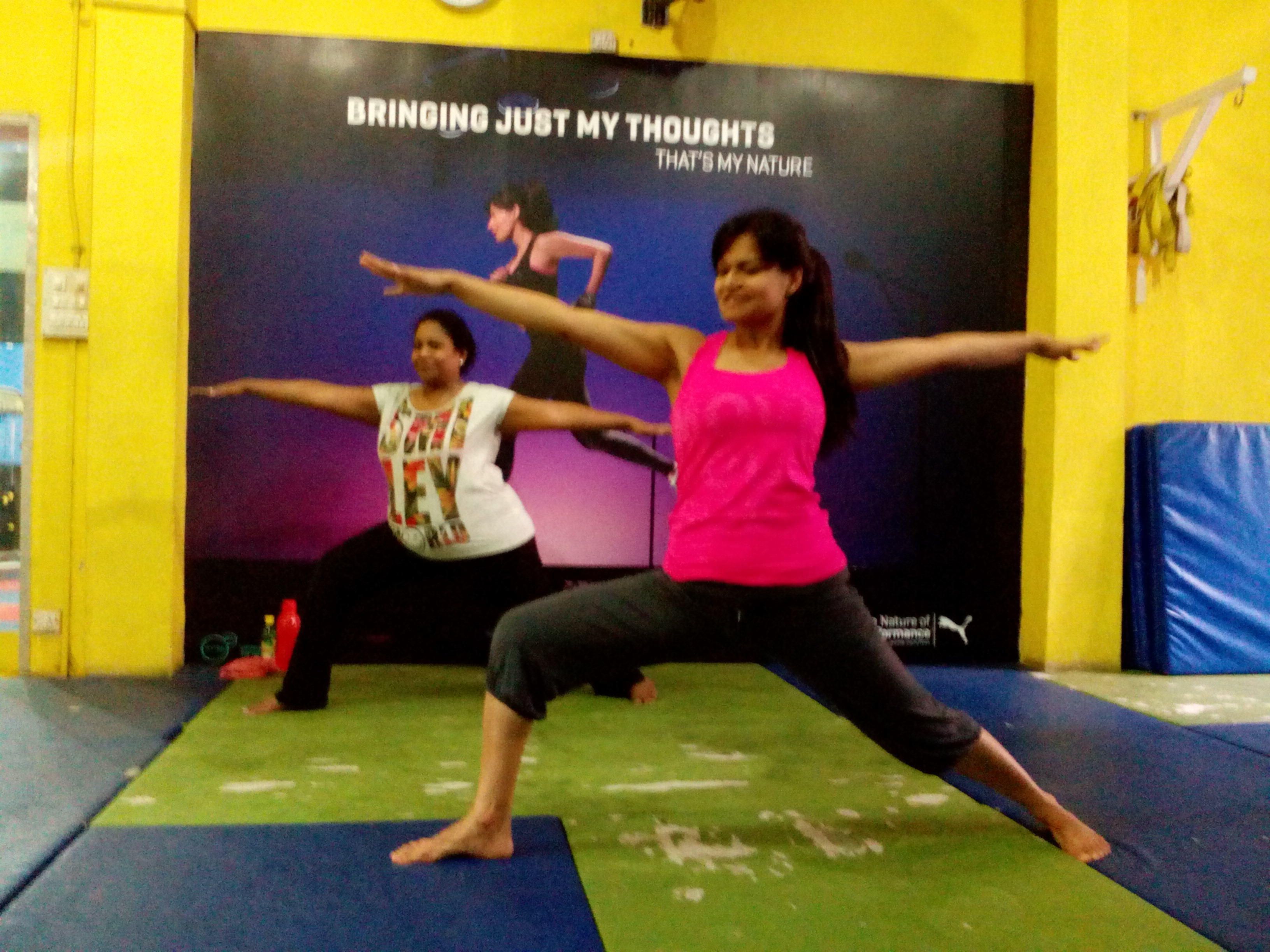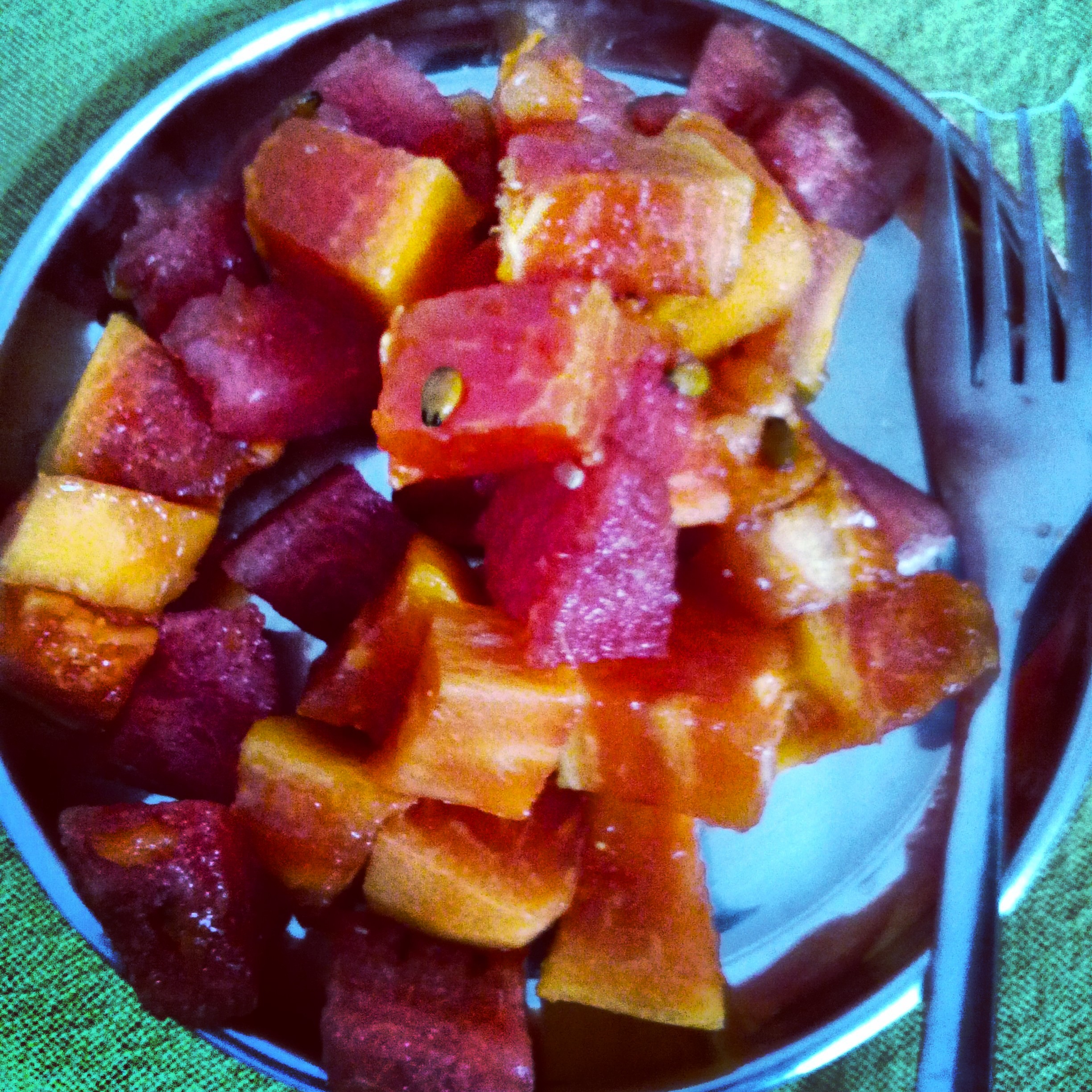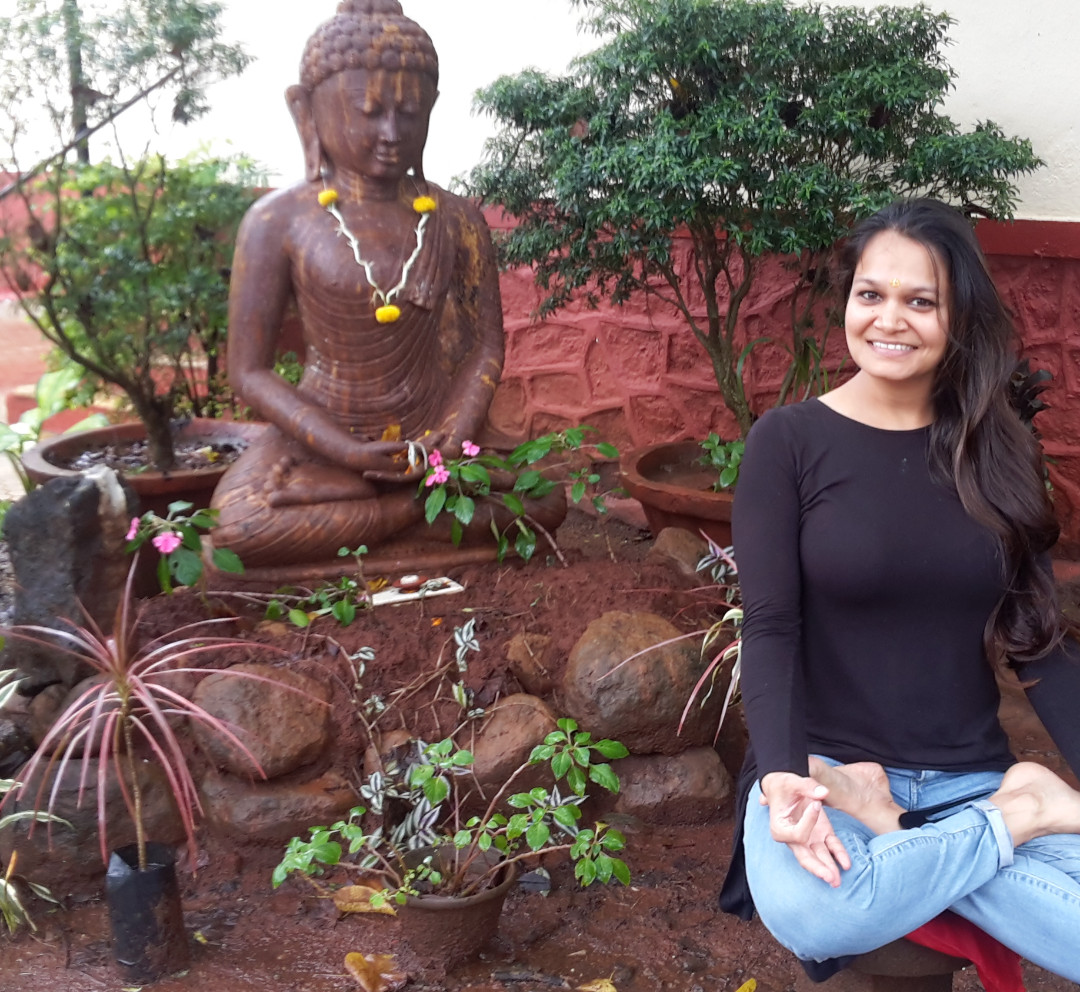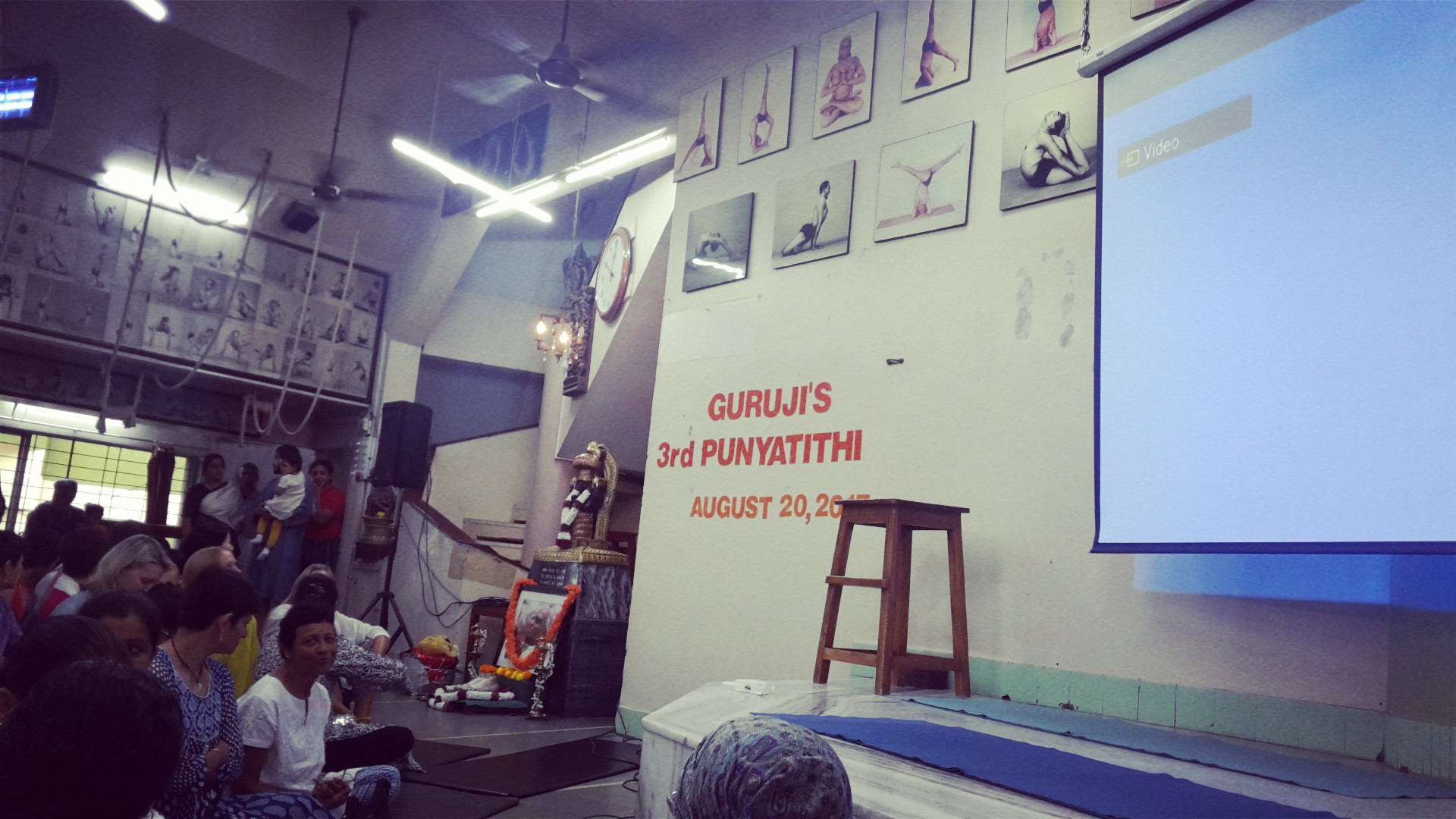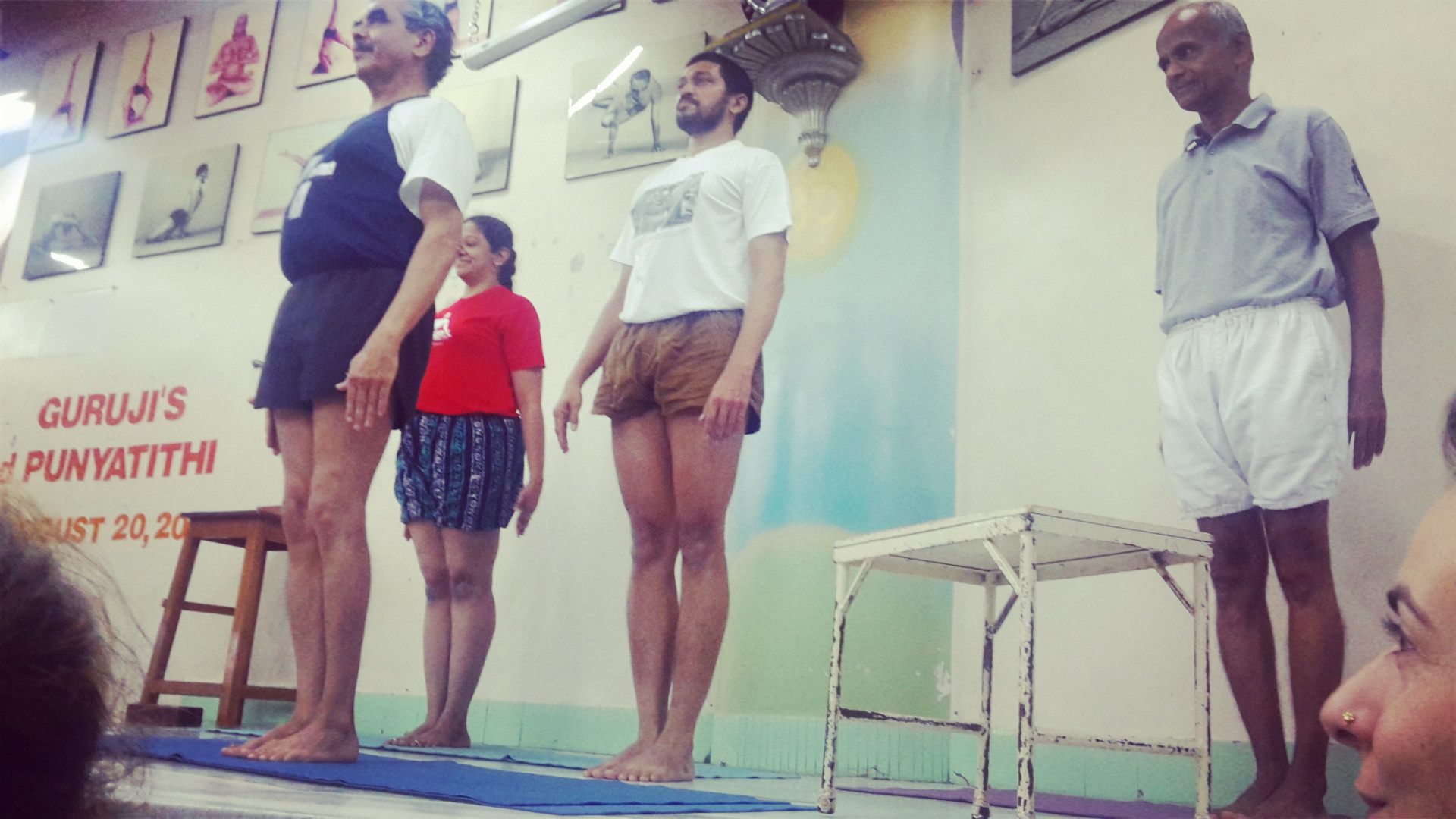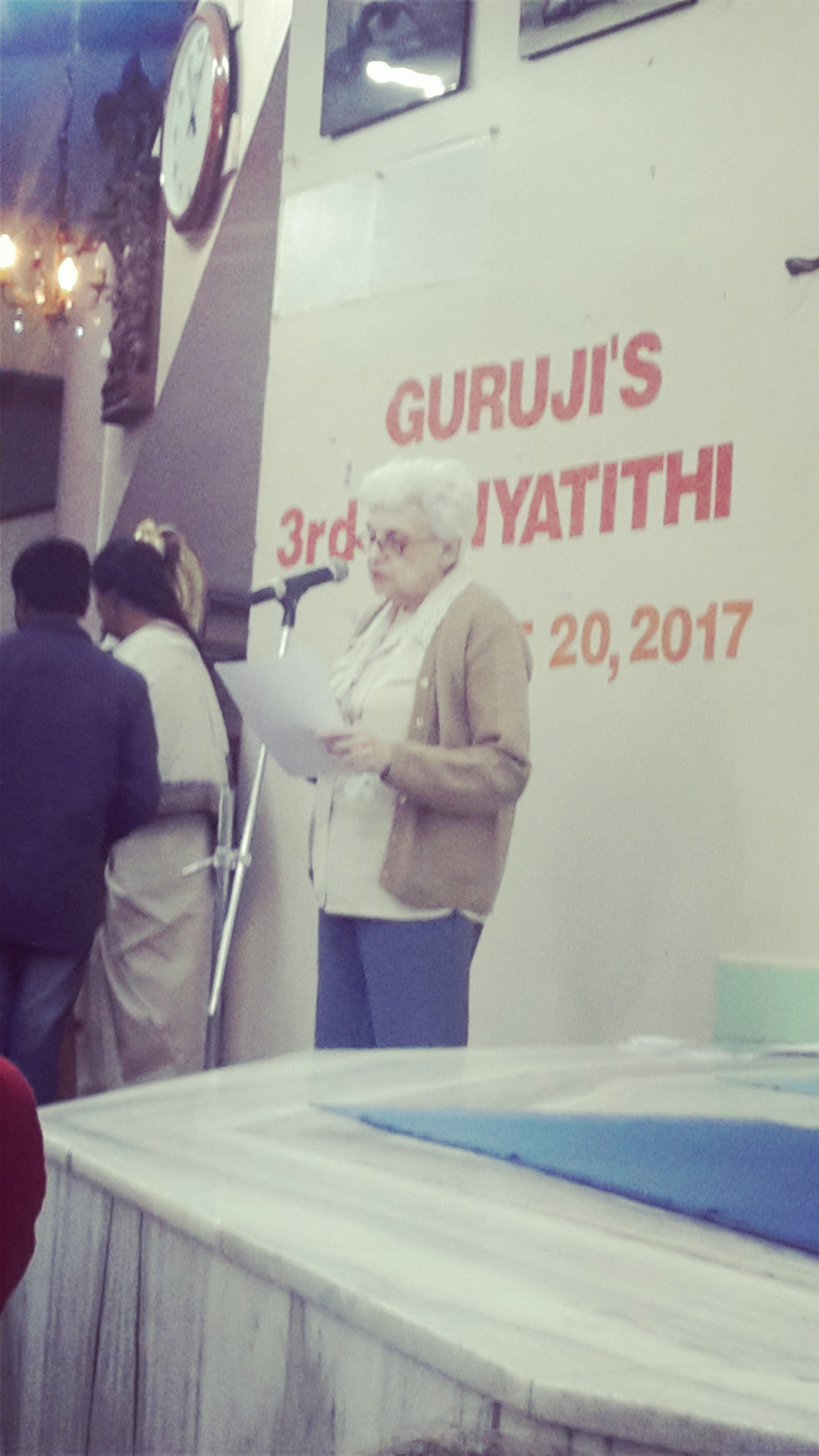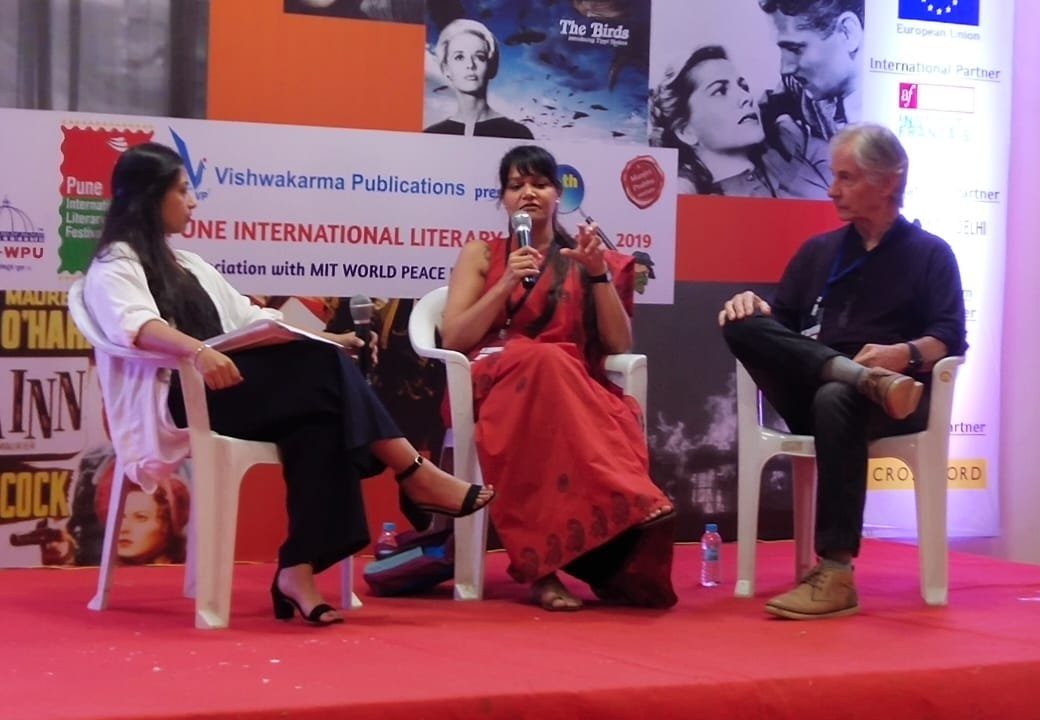
A free flowing conversation about the process and experience of putting the book together.
I’ve been attending literature and art festivals forever. The Jaipur Lit Fest many years ago, the Kochi Muziris Biennale, the Bangalore Lit Fest, the Venice Biennale and finally the Pune International Lit Fest. For years I’ve always been an attendee, always wondering if I would ever be on the other side. The writer’s side.
And this weekend, at the Pune International Lit Fest, it happened. I was officially on the writer’s side.
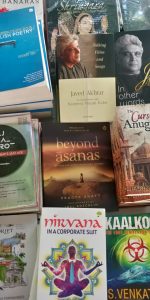
Always good to see your work next to those you admire.
It was amazing. I registered as a speaker and was shown into the author’s lounge where I met other speakers and writers. I checked for my book at the bookstalls, signed books, took photos, hobnobbed with other writers.
Our session was scheduled for the last day, to ensure that my RIMYI schedule didn’t clash. Joel Koechlin (the man behind the beautiful photos in the book) and I were speaking about Beyond Asanas with our editor Gurveen Chadha of Penguin Random House. The three of us had interacted with each other extensively during the making of this book, and the comfort level was evident on stage. We had a free wheeling chat about the process of creating the book, the challenges we faced, the importance of yoga, why it is worthwhile to read the history and mythology of asanas, inspiration….the hour went by pretty quickly. We fielded as many questions from the audience as time would allow.
The fest was well-organized, the sessions were varied and interesting, the goodie bag was great and the bookstalls were well stocked. A heartfelt thank you to the organizers for this amazing event.
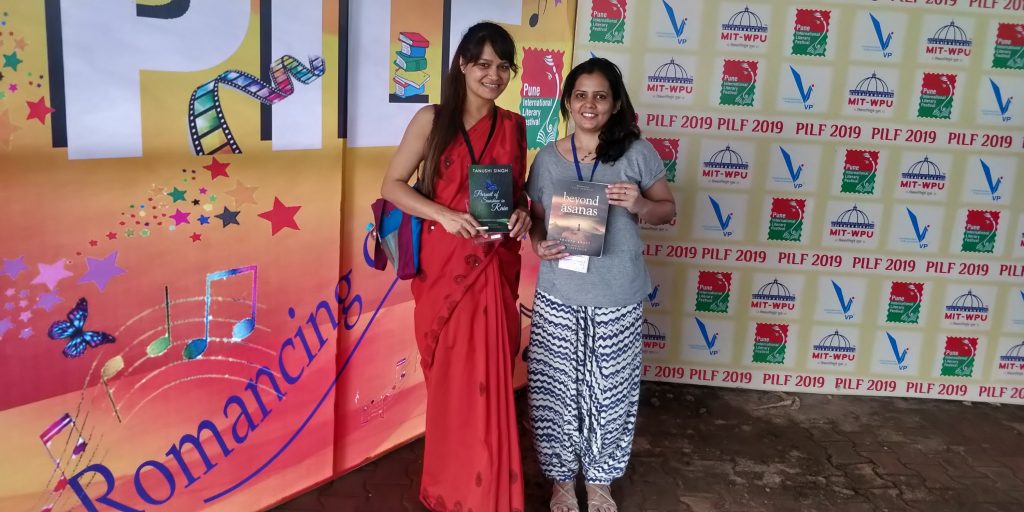
With poetess and friend, Tanushi Singh. Check out her latest collection of poetry called, In Pursuit of Sunshine in Rain.
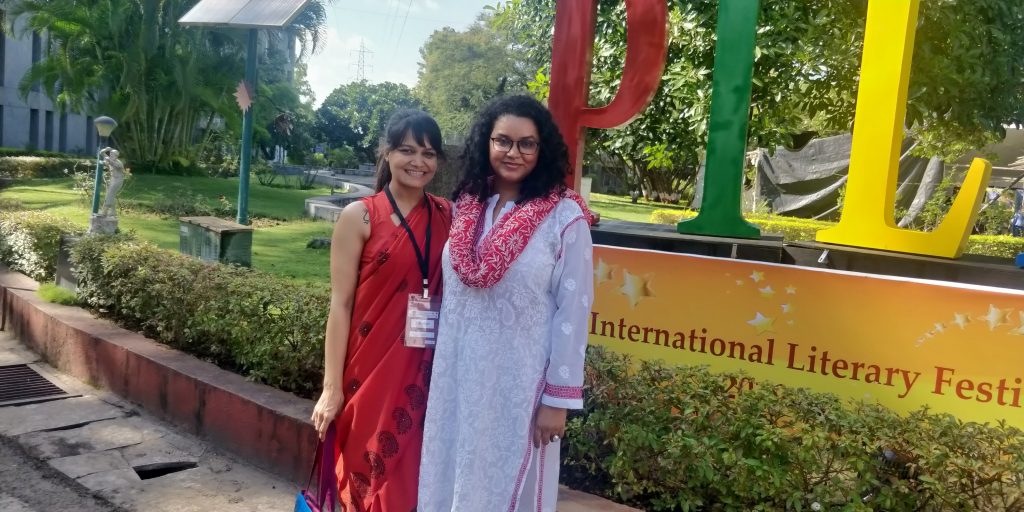
Always thankful for those who can share my little joys with me.
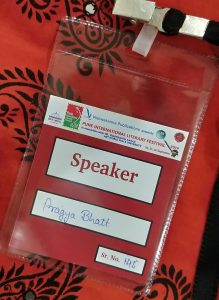
Came with a great goodie bag too!
